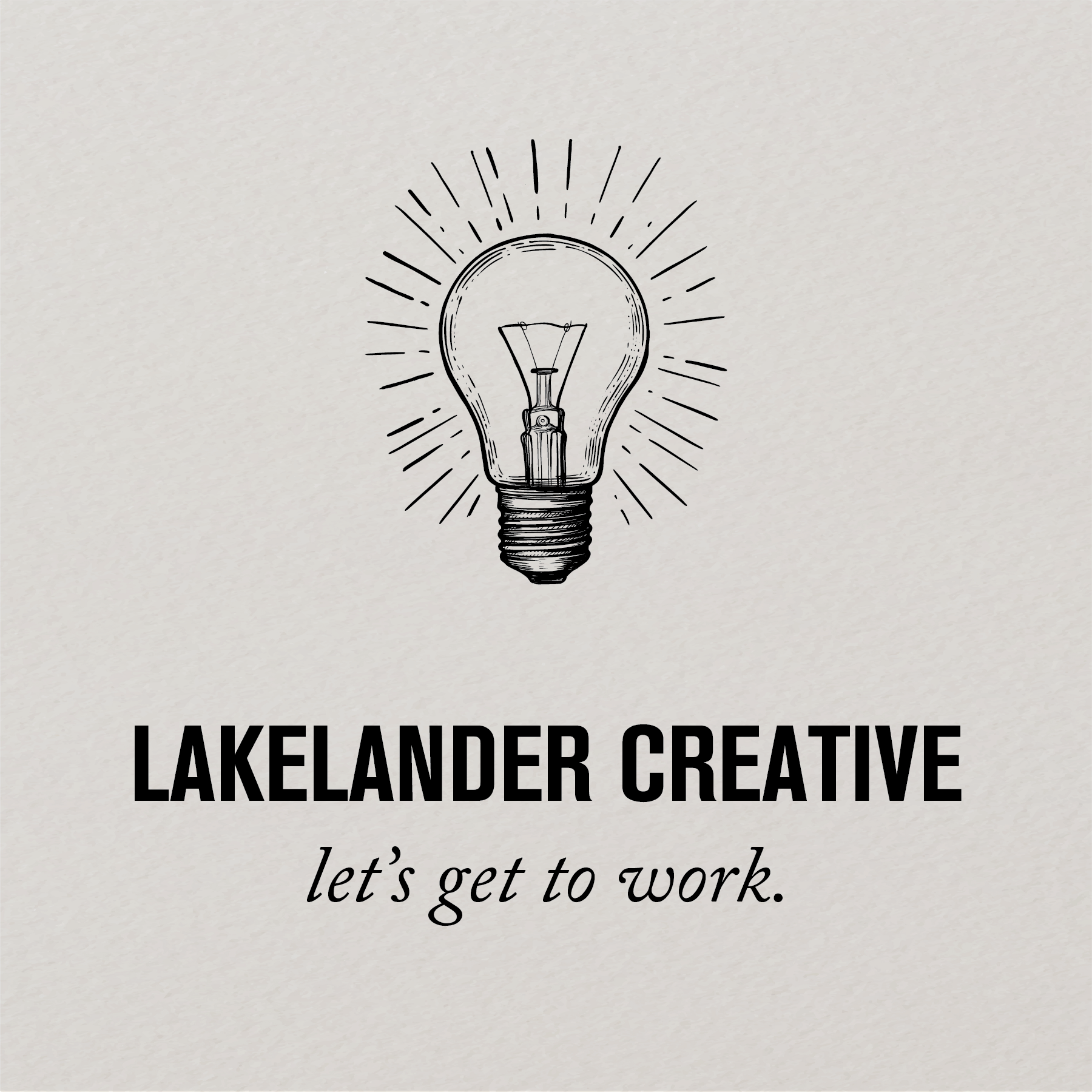


Tim Mitchell loved people and loved God, he just didn’t love the idea of being a missionary. Several decades later, he recounts the experience of loving people well in just that sort of role.
While police officers may at time seem invincible, real life is a different story. Enjoy an inspiring look inside the profession from local officers who are no strangers to tough times.
Dr. Tiffany Love and her husband, Dr. Steven Love, have built a practice that is focused not only on helping people feel better, but live better.
Why settle for “normal” health when optimal health could be attainable? Danielle Nasello is in the business of helping people see they don’t have to.
